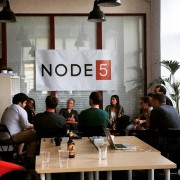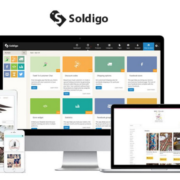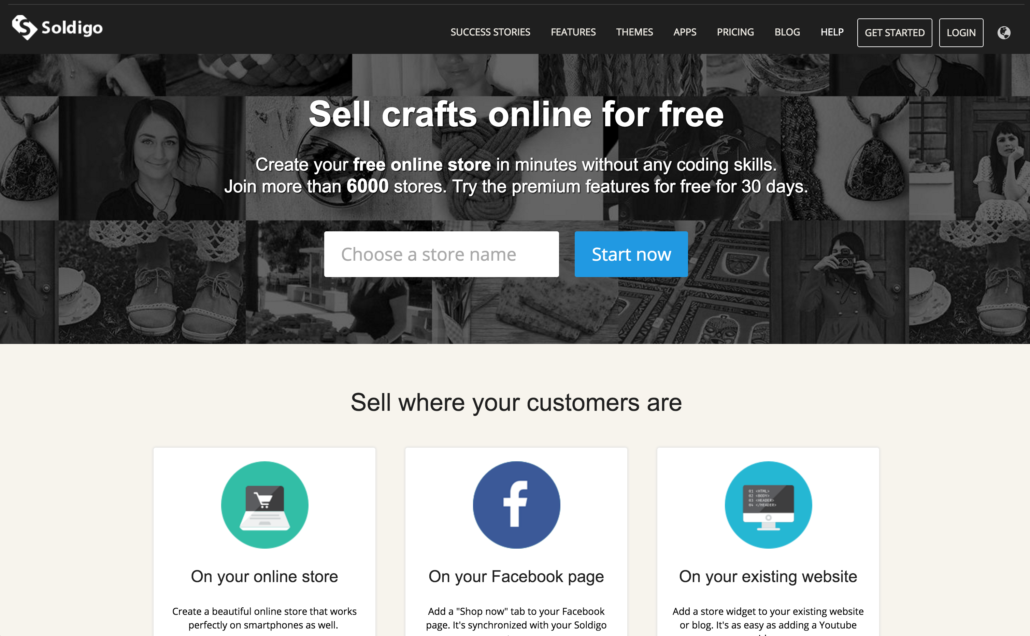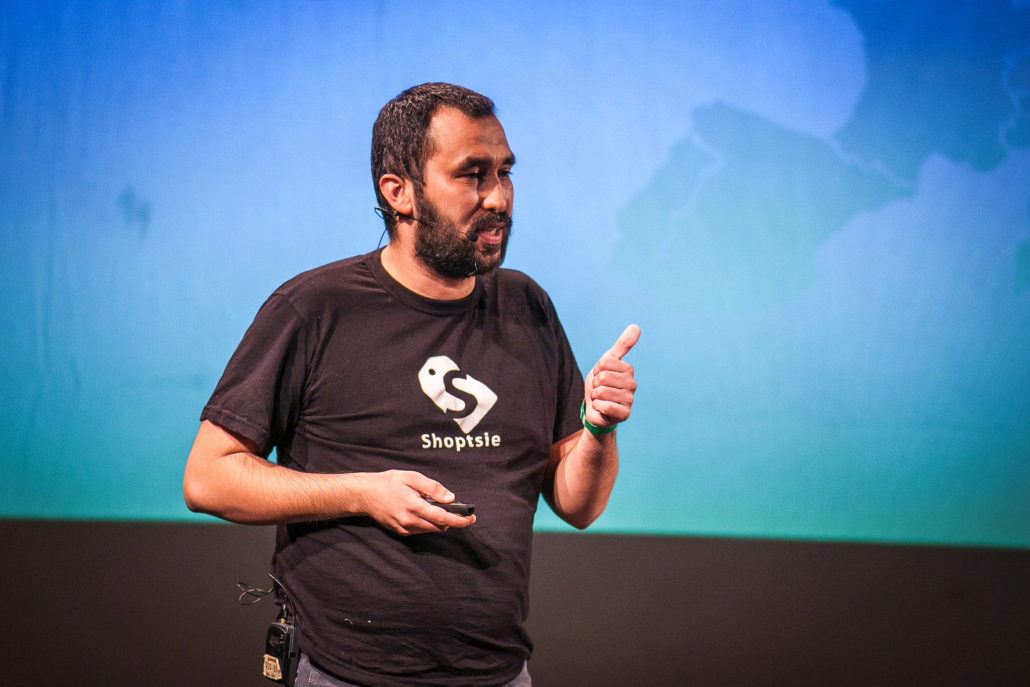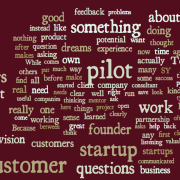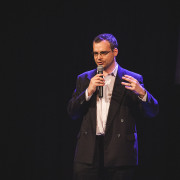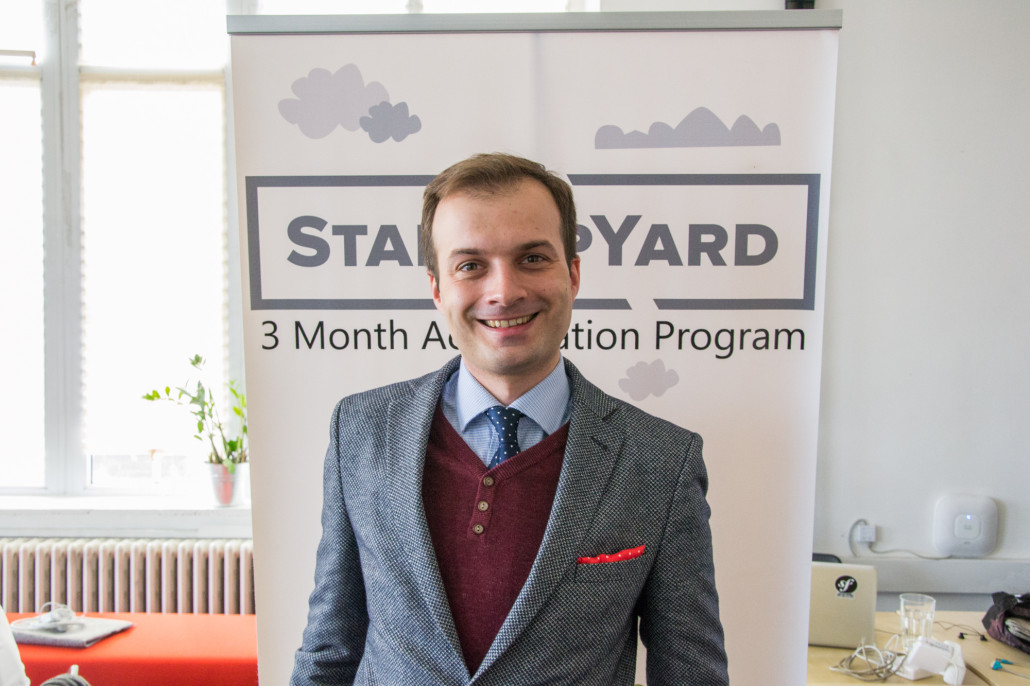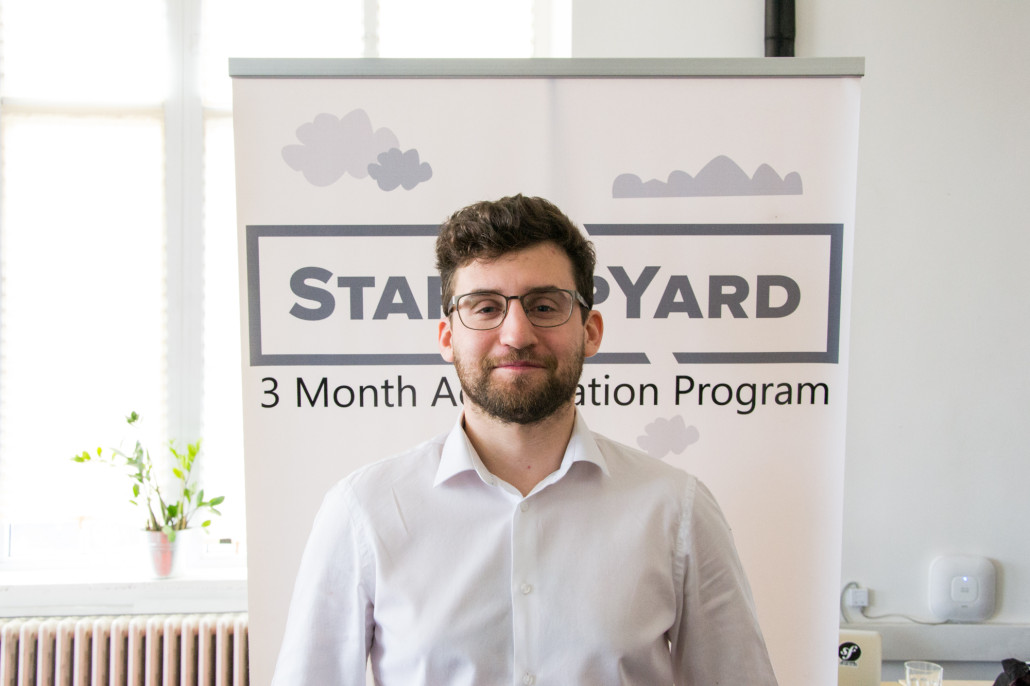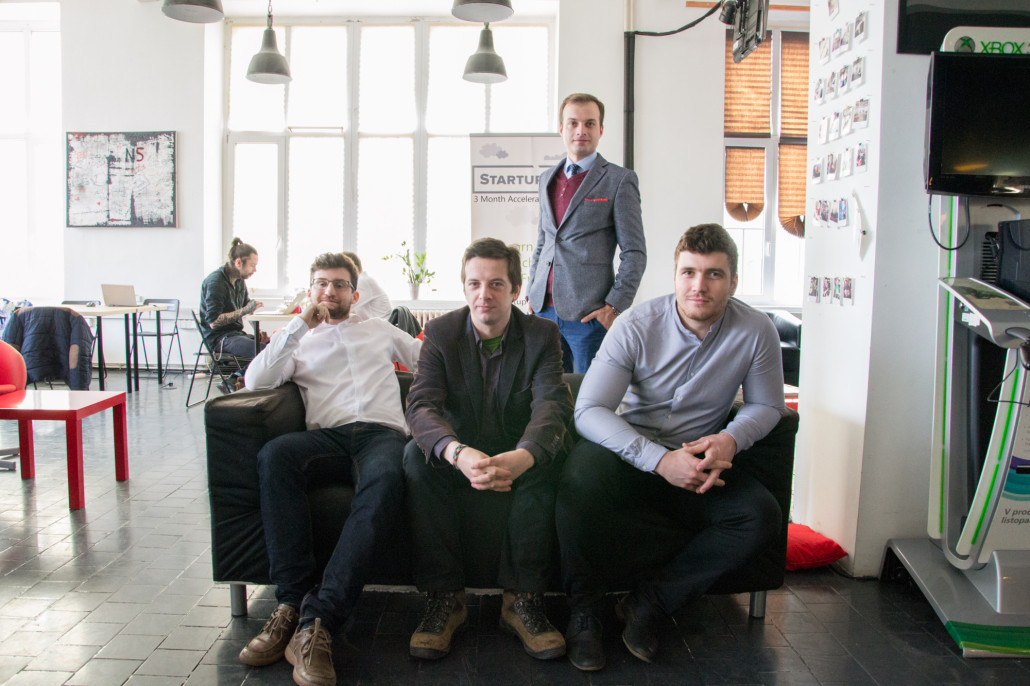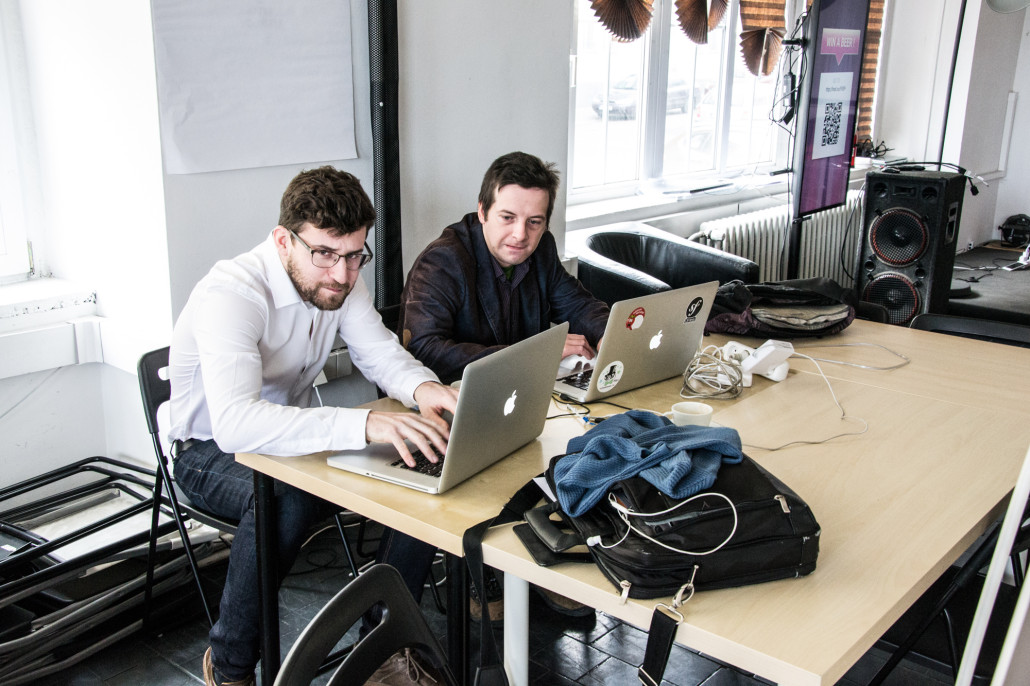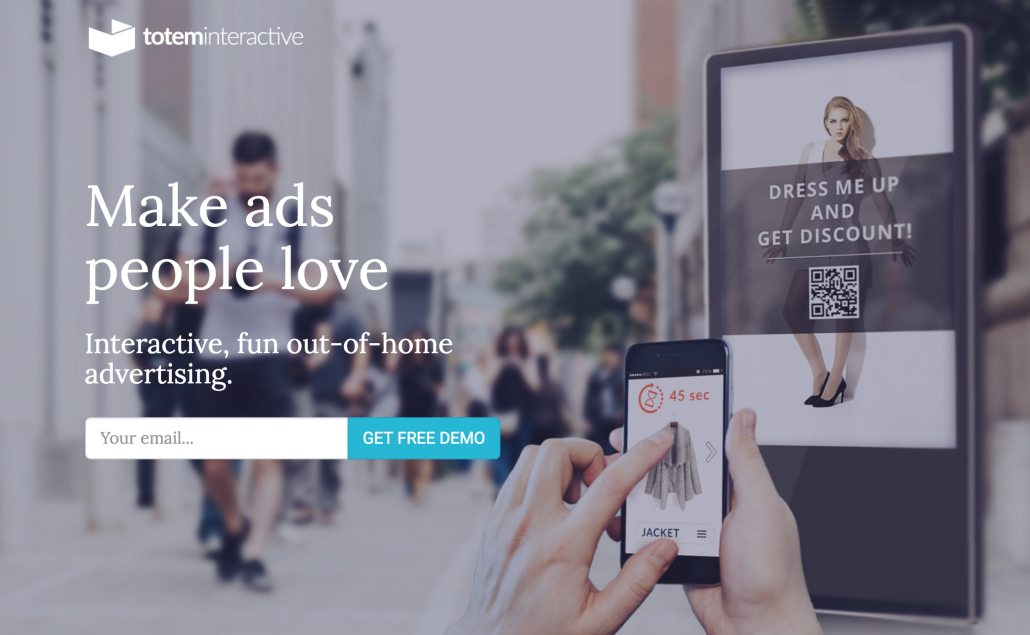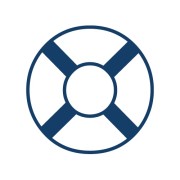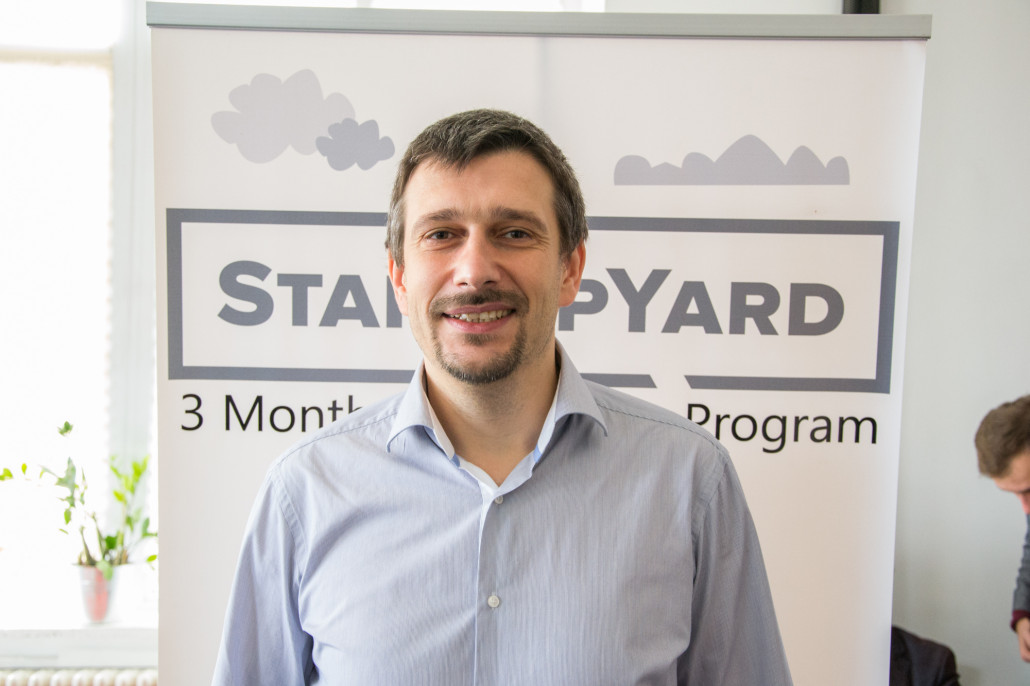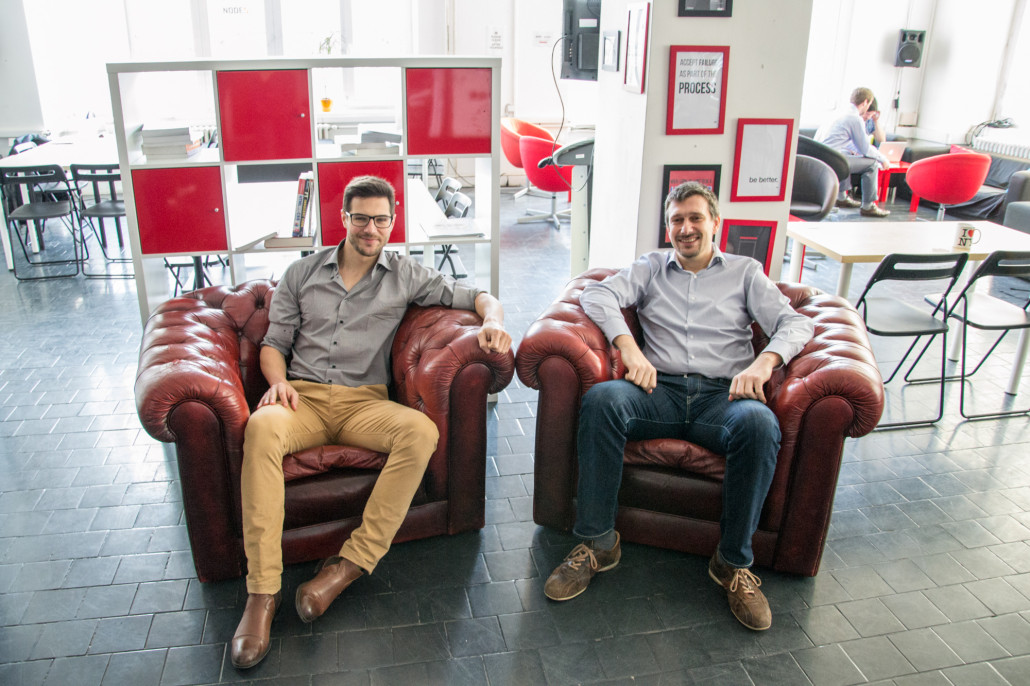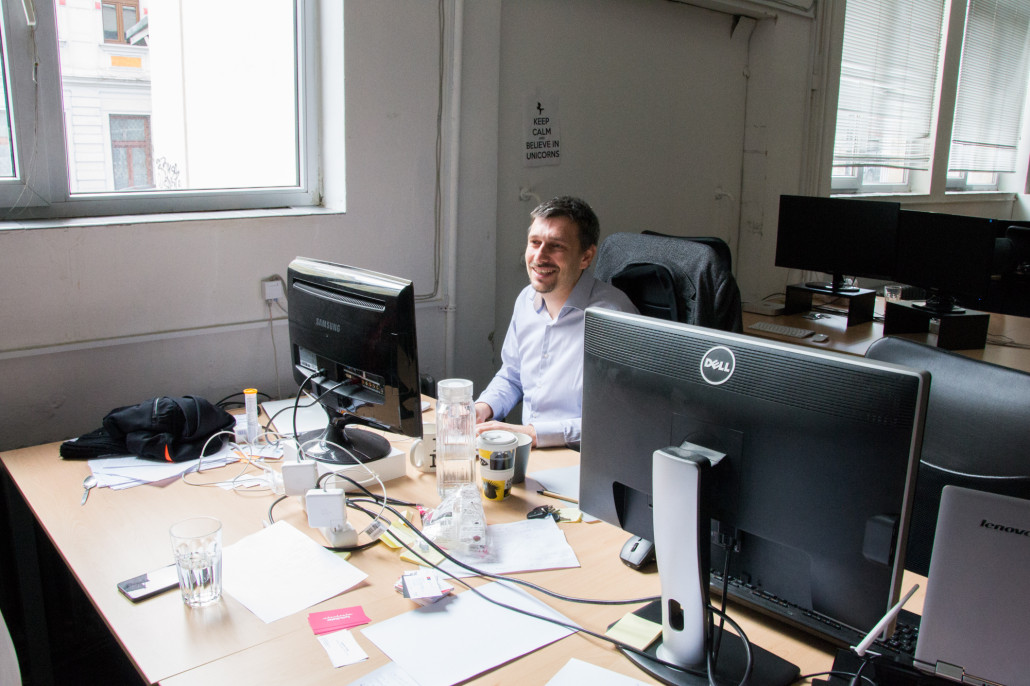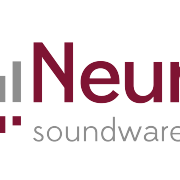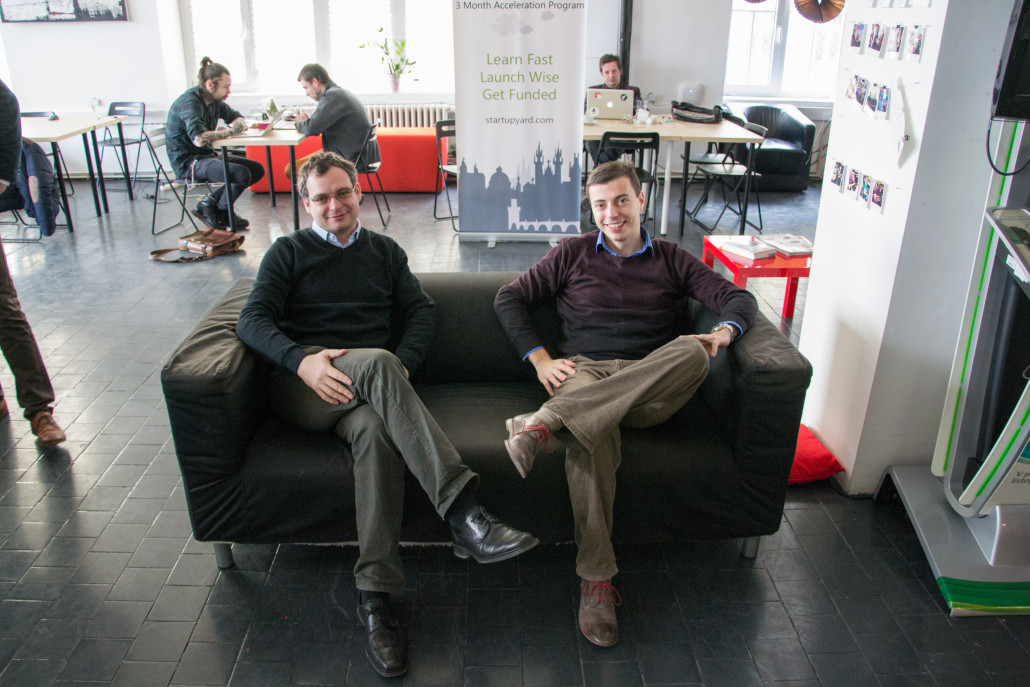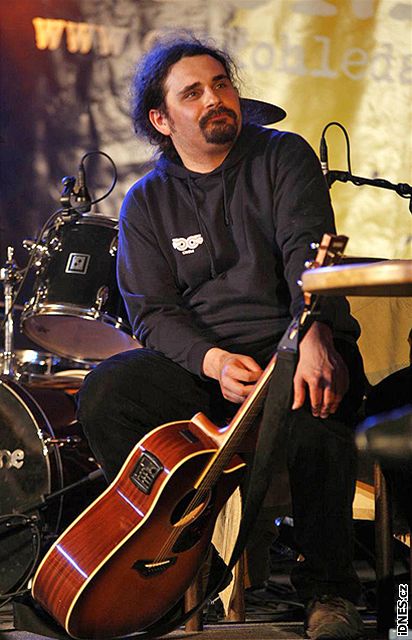The boatify team joined StartupYard this year as our very first team representing Switzerland, and its emerging startup scene. Found and CEO Johannes Röhrenbach is passionate about boating, and lives the dream by making his home a boat on Lake Zurich.
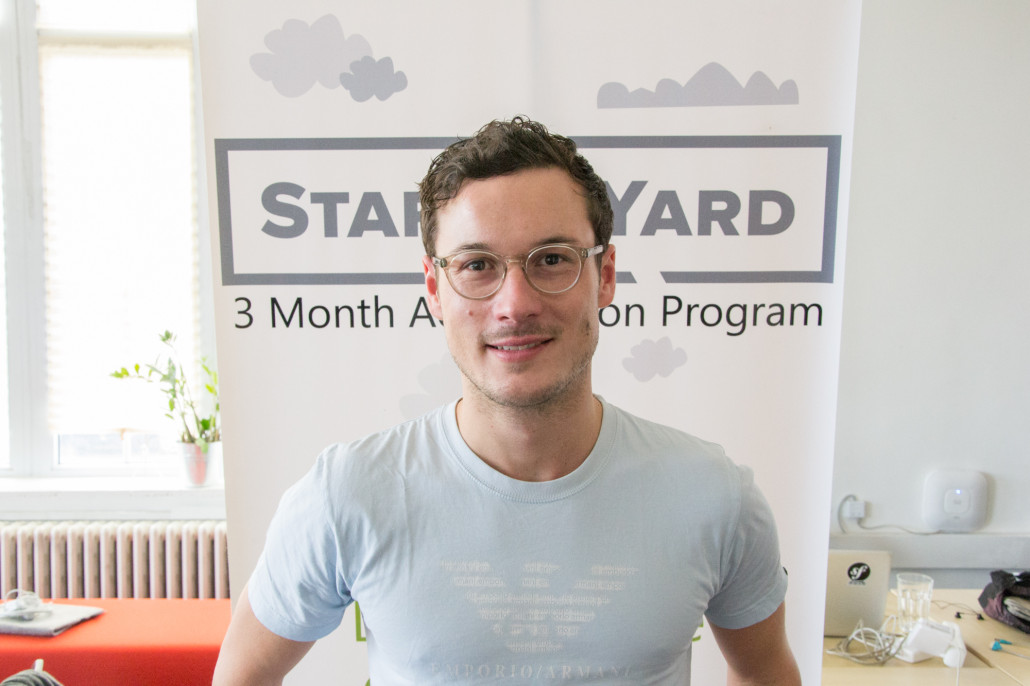
Johannes Röhrenbach, Founder and CEO at Boatify
The team has set out to build the world’s leading boat-sharing platform, centered around building enjoyable experiences for average people in Zurich, and in ports and harbours around the world. I caught up with Johannes this week to talk in detail about his dreams for the boatify platform.
Hi Johannes, tell us a bit about boatify. How did you come up with the idea?
Well, at the very end of August 2014 a friend of mine invited me on a short cruise on the Lake in Zurich, in the evening´s magic night atmosphere only a lake can have. It was a very old boat – 45 years old -, full of wood, lovely details and a breathtaking charm. And I immediately fell in love.
My friend was living on the boat – the Blue Ocean -, together with his family since the beginning of the summer. But they were considering selling it, since for four people it would have been too small to stay throughout autumn and winter. So I decided to buy it.
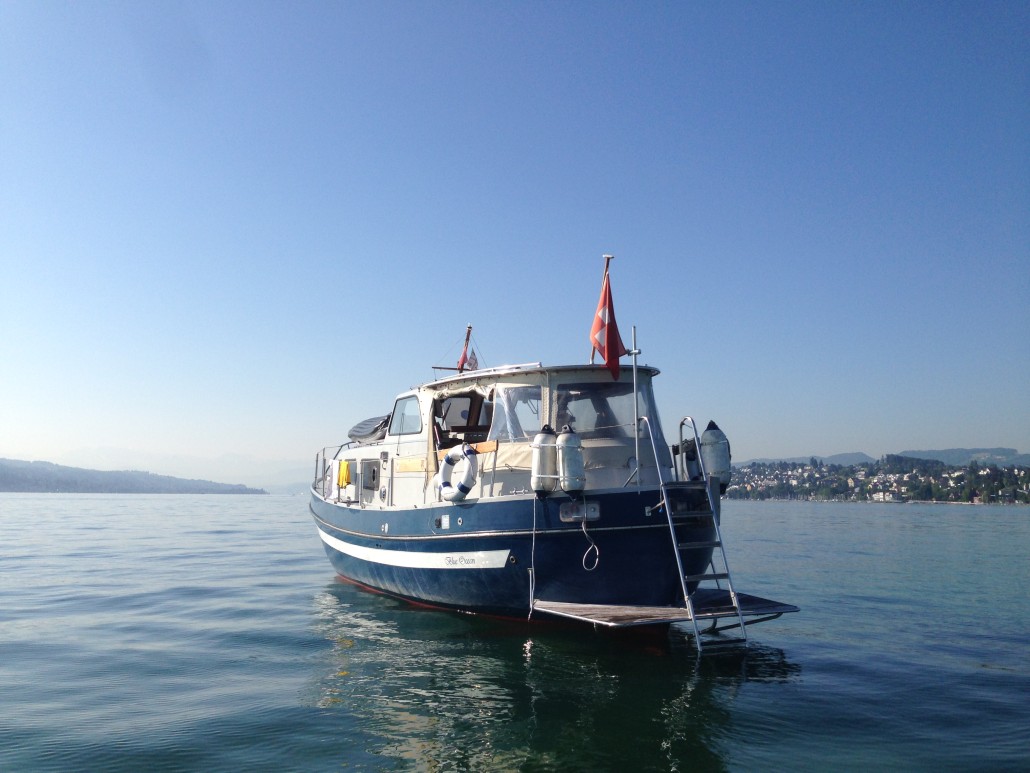
Boatify Flagship, The Blue Ocean
It was a quick and spontaneous decision, all of a sudden. I needed to hurry up a lot, doing my skippers’ license and preparing everything to resettle. In the end of September I finally moved onto the boat myself.
Since then I´ve experienced the most magical moments one can imagine: the early morning´s dawn on the lake with the particular calmness the water only has in these hours, playing guitar in softly shaking sunsets, poker session with whisky and cigars – on a boat in the very center of the town. Most of that I experienced only on my own or with good friends – and with a strange feeling that these experiences should really be available for others. This is how I came up with the idea to start a platform, where people can share boating experiences: boatify.
What are some of the other ways that people can currently book boating experiences? Why is boatify better?
See, if you want to go on boat around Zurich, you can whether take a passenger boat, you can rent a pedalo, and in case you have a skipper’s license you can rent a motorboat from one of the few commercial providers – not very nice boats actually, without any charm, and for horrendous prices. There’s basically no access to these thousands of unused private boats around – and no platform offering easy and affordable experiences on boats.
In other locations, yacht charter platforms provide access to boats. But they don’t solve the problem of finding the perfect crew. So sailors use old school forums to connect and plan their trips together. We add the community dimension to the boats: boatify is a service to bring people together onboard. Boat lovers and those who might be ones in the future.
What sorts of features will boatify have in the first year? What can people do with the platform?
It´s all about the experience and the social interaction. Our key approach is to show impressions of interesting boat experiences on the very first visit – and to the right people. On our own website, but also in social networks and further platforms such as Eventbrite or Groupon. You will firstly show interest in an experience, later you can confirm your reservation. If you find something interesting, share it with your friends on Facebook and Co.
Boatify is all about connecting the right people and bringing them together on board, hence user generated content and user profiles play an important role: as boat owner you can find mechanics or other experts – and trusted officers, who care for your boat and the maintenance when you’re away. As officer you can list your own experiences and earn better ranks the more five-star ratings you get, and for the more boats you´ll become accredited for.
And also as a normal user, you can pin outstanding boating spots on the map, suggest itineraries and tell your last unforgettable boating story to the crowd.
We merge the schedules of the boats with the schedules of the experiences and integrate with further booking systems of our partners such as charter companies, so every involved stakeholder can easily manage his/her upcoming bookings.
Building a community around boating is an important part of your mission. Can you tell us more about how you plan to accomplish this?
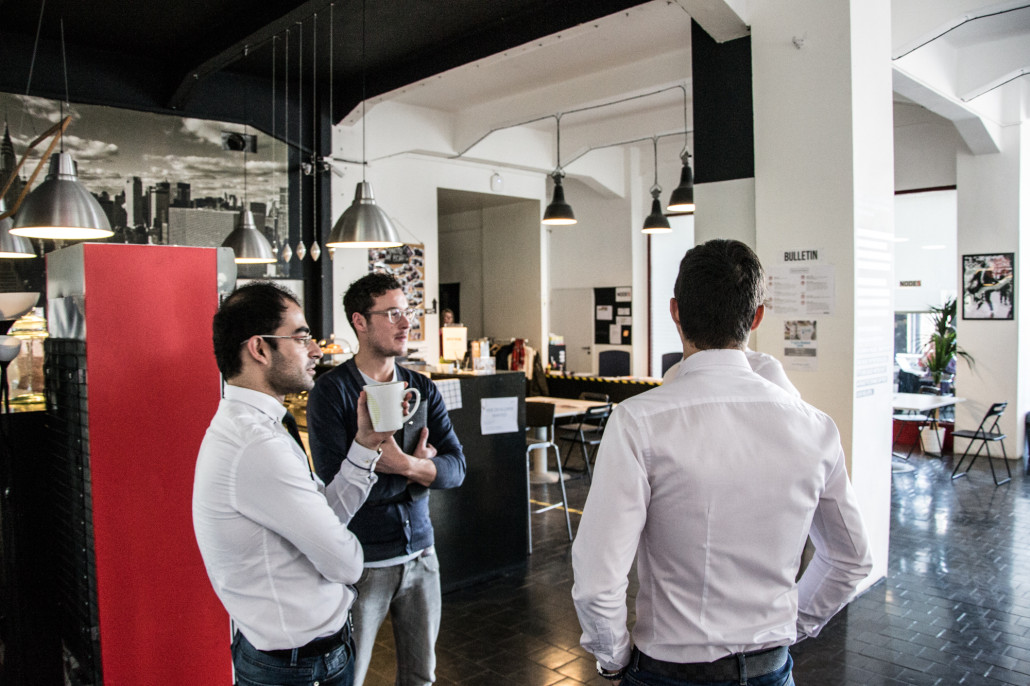
Johannes in conversation with Executive in Residence Viktor Fischer
It´s all about visibility. Boat lovers must understand that there’s finally someone bringing their community online.. So we must be on everyone’s mind. We’ll be present at boat clubs and magazines – and on the water of course: In Zurich with the wonderful Blue Ocean and in Berlin with the even more wonderful MS Fitzgerald. We’ll organize outstanding activities like a fleet parade or a boat sharing day, so everybody will talk about us.
It is our magic story we will tell. To build a particular atmosphere and to convince everybody to jump on board with us – as our first 23 early bird officers already did. It´s all about living the boating dream.
To leverage that, this summer we will start the craziest project ever: a Boat-Road-Show. As an international startup and the digital nomads we are, we will prove that it is in fact possible to run a company from wherever you are in the world – even from a boat!
So this is what we’ll do: starting in Barcelona, from July on, we will travel the coast line from Spain and France, to Italy and Sicily, hopping over from harbour to harbour, telling our story, organizing parties and other experiences – and convincing boat owners, skippers and all the others to follow the boatify dream and to continue to start their own boatify businesses.
We need to find the perfect sponsors and we will engage an army of talented interns to come with us to make this blueprint of experience come true.
You’re launching in Zurich. That seems an odd choice for a boating platform. What’s your reasoning, and what’s your growth strategy over the next year or so?
The boat stock in Zurich and the many lakes around is bigger than you think! There are more than 100.000 private boats of all classes existing in Switzerland; additionally Lake of Constance on its own (together with the bigger German and Austrian part) already contains over 65.000 private boats.
Additionally, Zurich is very attractive as a market, not just because it is one of the richest cities in the world, but in particular because the very city center embraces the lake. In summer, there are thousands of people spending time all around on the shore: a great chance to get visibility – especially on an eye-catching boat like the Blue Ocean. Adding some special attractions nobody has seen before, like small concerts from boat to shore, or a Boat-Sharing-Day in addition to the very popular Rooftop-Day will get us a lot of attention.
Our growth strategy: The Boat-Road-Show will give us a lot PR, but it´ll probably take another season until we will have serious operations going on in the Mediterranean Sea. For this summer, we focus our operations towards Lake of Zurich and Lake of Constance, where we want to sell 3000 experiences throughout the year. Our marketing activities all around Europe will bring as a lot of awareness online – and we’ll convert it to business back home in Zurich.
The key for being successful is an interesting portfolio of offers on the supply side, which is why we´ve already gathered most commercial providers of this region on the platform. Now we need to add the experiences on top of the boats, and there we go.
At the same time, we’re preparing to launch in the Mid-East. Our lead officer in Dubai has already organized the first partnerships with charter companies, so that we can test the market in the coming months and start serious operations there from October on – with the beginning of the season.
As with AirBnB and Uber, there are always legal concerns about liability and insurance. How will you give your users and boat owners peace of mind?
I´m a strong believer in and warrior for the Shared Economy! However, many liability and insurance questions still remain unclear across all kinds of solutions. Additionally, traditional businesses such as taxi companies or hotels suffer from smart peer-to-peer platforms all over the world – AirBnB and Uber are the blueprints for it.
But also in our case there´s already a lobby of commercial boat trip companies existing in Berlin, fighting against smaller boat businesses. And that´s not okay! There is so much unused property in this world and it´s not right not to let the majority of society access it – whereas nowadays technologies can make it so easy for us to share.
There remains a lot of work to do to clarify and solve all the open questions and issues. For us and for other shared economy pioneers. But the time has come to make the world a better, fairer and more efficient place – so let´s do it!
Can you talk about some kinds of experiences that users can have on your platform?
Sure! I´d love to! As I´m a hobby musician and play a lot of instruments, the first official boatify experience has been a Jam Session on board a river boat in Prague – three weeks ago. But there can be so much more: Dinner Cruises, for companies or privately, other cultural events like lectures, concerts, maybe even vernissages. On boatify you can buy a ticket for a trip or a venue, like for a boat party or something more special like a speed dating on a boat. Or, you can book entire packages, to celebrate your birthday – or even your wedding on board. Our vision: to enable you to do everything on the water that you could do on land – we want to bring life from land to water! This is also why we’re organizing our Boat-Road-Show: we basically live our idea.
At the same time an experience does not necessarily need to be something outstanding. If you like the water and you want to run your small business as boat skipping teacher without being dependent on a company, or if you want to offer fishing, diving or snorkeling trips, waterski, sightseeing tours, or even just spend your evenings in an exclusive surrounding with some hand picked people: do it with boatify.
It is up to the creativity of our officers: whatever concept you would like to offer on boatify, whatever is most requested in your home region, we’ll give you the tool to realize it.
What opportunities does boatify offer for boating professionals? What about boat owners?
Beside our customers, the two main roles interacting on our platform are boat owners and officers. Boat owners own the property, but often they don’t have time to use their boats. So the boats sit unused – which is actually not very good for a boat. Boats need to be aired, they need to be moved and they need to be continuously run to keep machinery and equipment in proper shape. So what boat owners normally do is to engage marinas or other professional providers to look after their boats, for a lot of money – and in addition to the high maintenance and docking costs.
Owning a boat is almost always a financial drain- sometimes unnexpectedly so. This is what we want to turn around: we want to make a boat not only financially feasible, but even profitable.
And we do it via our officer approach. In building a community of experienced boat enthusiasts, who don’t necessarily need to own a boat themselves, we bring the boat owners in contact on our platform with all the knowledge and capacities they’re lacking. They can get in touch with mechanics and other experts, who will always care for the boat, when the boat owner doesn’t have time himself.
In return, these boat enthusiasts get access to the boats: as soon as an officer becomes certified by us, he can get in contact with all the boat owners in his region; the ones already registered on our platform and new ones he can approach by himself, supported by the boatify team and other officers around. When a boat owner trusts an officer, he can accredit him for his boat and the officer is allowed to operate the boat, to create experience offers and to run his own business with it.
How do you plan to grow usership of your platform in the early stages?
We will provide the best tool to organize yourself around boating, but we must succeed building a particular movement around our platform. We do this gathering as many boat enthusiasts as possible around us and incentivizing them to do so themselves. It will feel extremely cool, to be part of the boatify crew – the more you contribute, the higher your officer rank gets and the greater benefits you get: it´s a kind of gamification factor we use here.
As soon as we´ve proven our concept, we´ll start with our „officer academy program“, hence we will provide the entire life cycle for want-to-be boat lovers: we offer young people the chance to do their skipper license with us for free, training them in all relevant aspects of security and safety and teaching them how to realize the most amazing boat experiences. Then we give them the boats and there they go.
In each region we´ll be active, we’ll employ a lead officer – the Fleet Admiral – organizing all activities and building the community himself: you can partly compare this to the Uber approach, they are an important example for us.
Where do you hope boatify will be in 5 years time?
The overall goal is to create the world´s biggest boating community. In five years we want to be active worldwide, mainly covering our starting market in Europe. We want to become the one tool whenever you think to start or organize something on board. We want to make boating accessible for everyone, to overcome its exclusivity and to take usage of the millions of private boats sitting unused all around the world.
With a properly implemented Sharing Economy concept we want to set an example against unfair distribution of goods and become an important player with a clear code of conduct in an industry that is not organized sustainably at all. The dream is to gain enough power to engage in some of the world´s biggest environmental problems like the pollution of the seas.
How has StartupYard impacted boatify’s development? Have any particular mentors been especially important in getting you to where you are today?
At StartupYard we finally learned to outline the boating experience as the core product on our platform. We had these visions in our minds from the very beginning, but were always pitching boatify as a marketplace solution for boats. With your continuous challenge of our positioning and its execution, Lloyd and Cedric´s, of course, Michal´s and Viktor´s, we’ve now become extremely focused and well-prepared on how to bring our vision to reality.
We had to face some major problems during our time at StartupYard as well – starting development over from scratch after one month. Our dear mentor Vladimir Kozak has helped us a lot in this time and he still is, continuously structuring and challenging all our development approach. We’ve profited a lot from personal introductions and the support of a lot of our mentors, especially Ladana Edwards with her unbeatable supportive friendliness, Daniel Hastik continually feeding us with valuable startup insights and Wallace Green, who helped us in building greatest visions with his endless creativity and enthusiasm.


